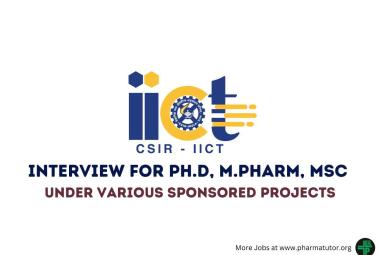Researchers at the Stanford University School of Medicine have identified a gene involved in the control of sleep that, when working properly, appears to reduce the risk of heart failure and improve treatment outcome, says a study.
"We have noticed some patients with heart failure who get medical therapy respond really nicely," said study lead author Marco Perez, an assistant professor of cardiovascular medicine at the Stanford University.
"Their heart function improves dramatically with medications. Whereas other patients, despite medical therapy, continue to worsen and require transplant," Perez added
Suspecting that genetic variation in the study's patient group might point toward a link, Perez's team genotyped heart-failure patients at the extremes of responses -- those who had the best and worst responses to therapy.
They combined these results with gene expression data from human cardiac tissue available from a large, publicly accessible data set.
By combining a variety of approaches including network modelling, which looks at the relationship between genes, the team searched for genetic variants associated with heart health.
Intrigued that their analyses spotlighted a gene near the region coding for the orexin receptor protein, which is known to be involved in the control of sleep, appetite and blood pressure, the team investigated further.
"We found this new receptor that looked very promising," said senior author Euan Ashley.
"But what I'm most proud of is that the team didn't stop there; they went on to validate it in another data set, explore its mechanism in cellular models and then test the effect in several different mouse models."
Using a mouse model that mimics heart failure through artificially elevated levels of adrenaline, the researchers examined the role of the receptor and orexin.
They found that if they gave orexin to the mice with failing hearts, those mice showed better systolic heart function -- relating to the contraction phase of a heartbeat -- than did mice that did not receive orexin.
"The exciting thing is that this gene is in a completely different neurohormonal axis -- a completely different pathway than what has been looked at previously," Perez said.
"Nobody had ever studied heart function in relation to this gene." IANS










